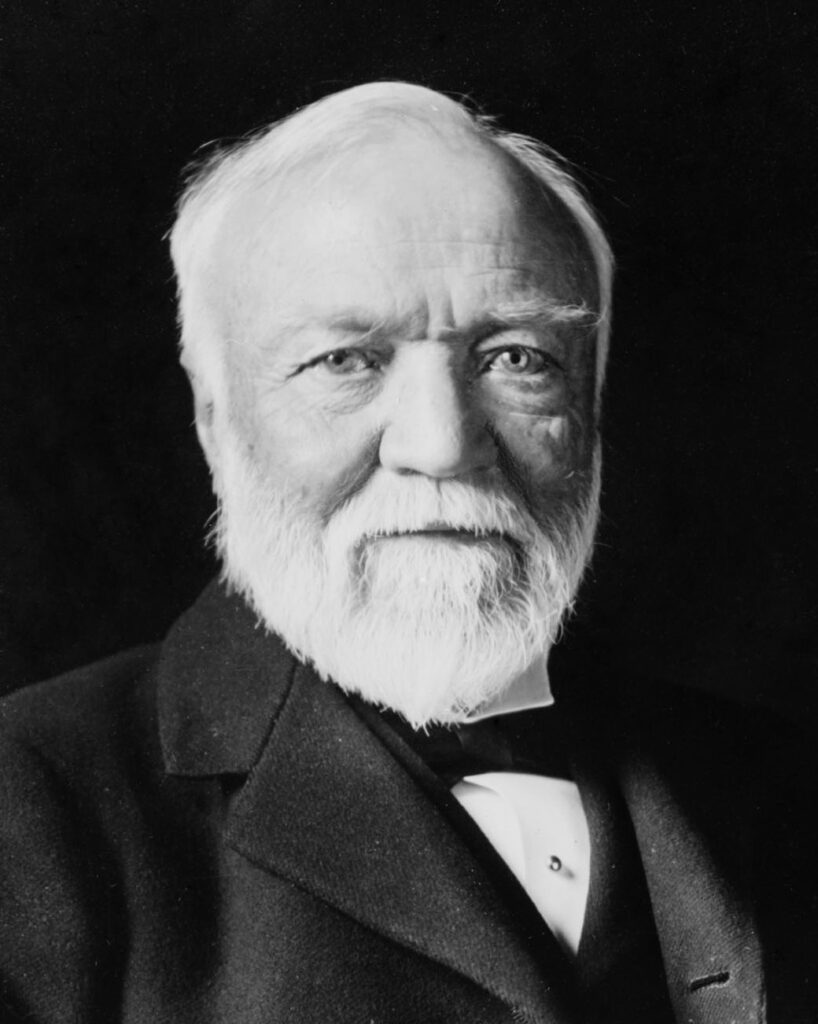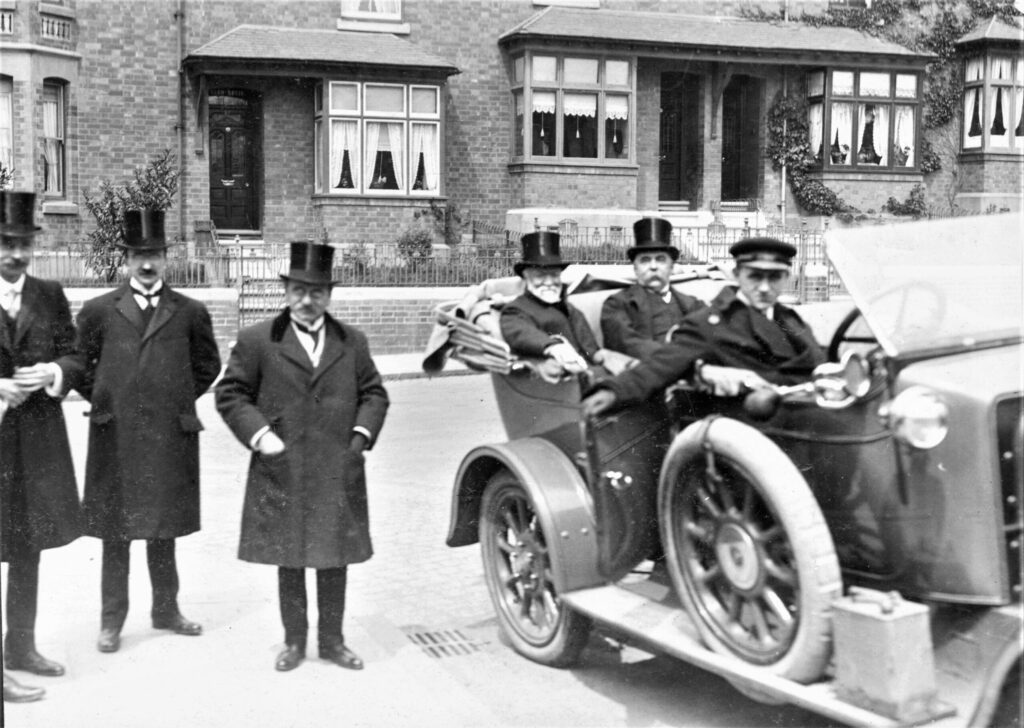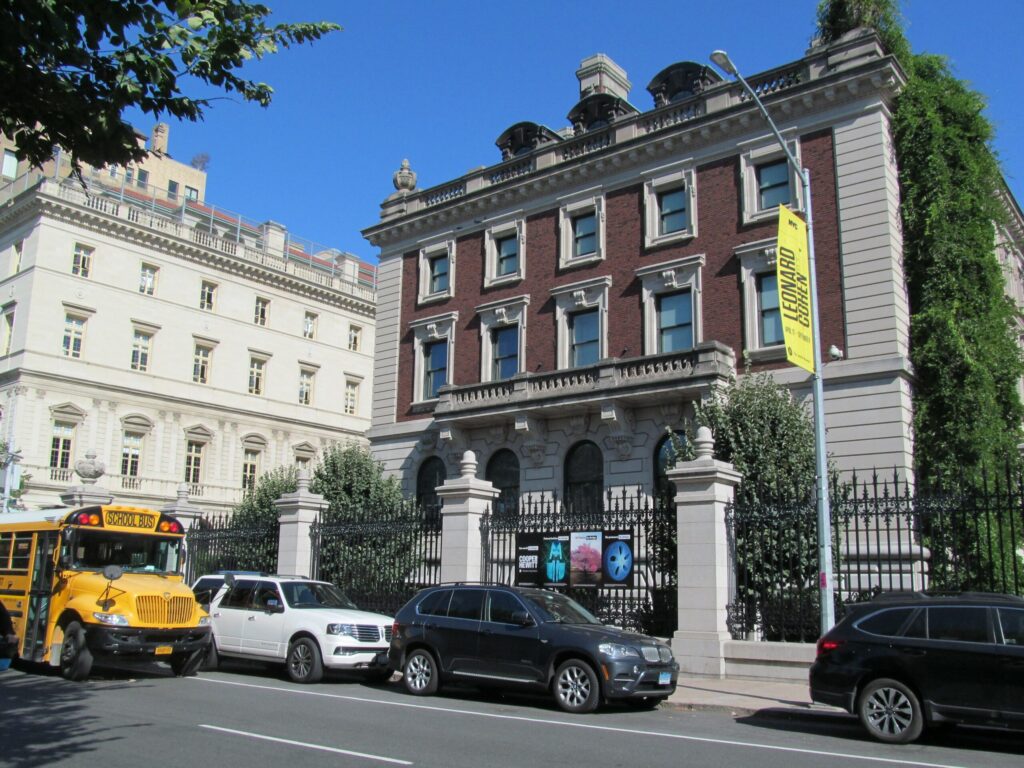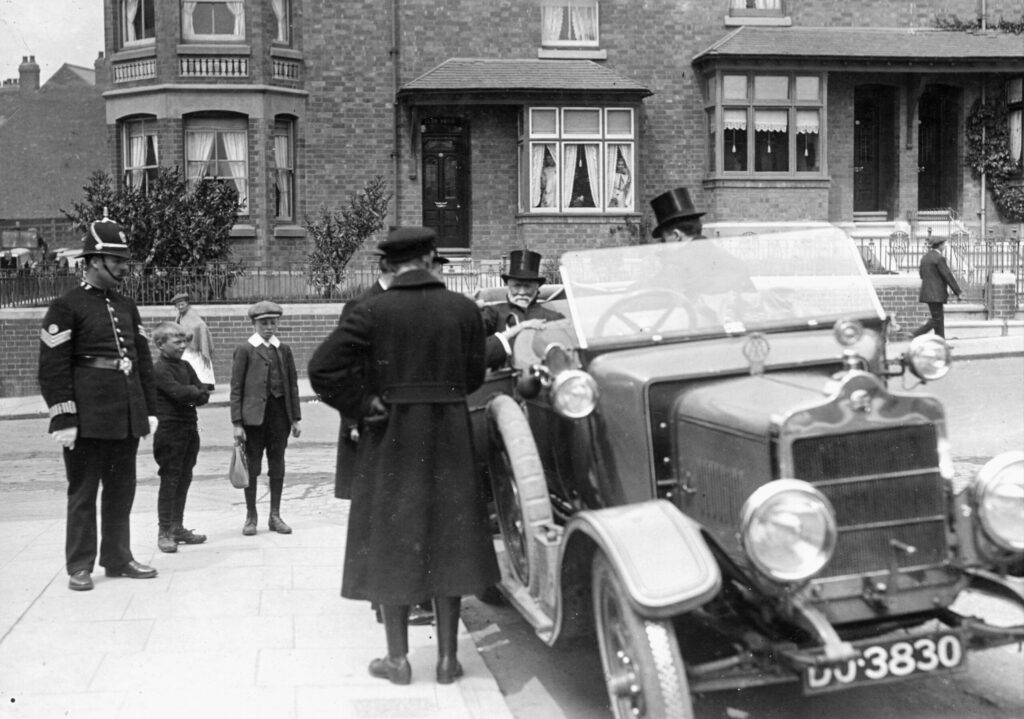CovSoc member and Chair of the Stoke History Group, John Marshall tells us the story of the visit of Andrew Carnegie to Coventry in 1914. John writes…..

On the morning of June 4th 1914, the city of Coventry was preparing to receive a very distinguished visitor. A train soon to arrive at the station would carry the world famous Scottish-American steel magnate, Mr Andrew Carnegie, who had been invited to Coventry to receive the Honorary Freedom of the City – the highest accolade the city could bestow.
The train accordingly arrived at 10.30am and Mr Carnegie was met by the Mayor, Siegfried Bettmann, and other civic dignitaries who warmly welcomed the visitor with a cordial exchange of greetings, according to the Midland Daily Telegraph.
Mr Carnegie’s visit had been prompted by his gift of £10,000 to the city which had allowed Coventry to build its first branch libraries: at Stoke, Earlsdon and Foleshill. The branches had been officially opened in the previous year by Alderman Wyley and were already serving those rapidly expanding suburbs.
Onlookers applauded Mr Carnegie as he was driven first to Earlsdon Library, then Foleshill, before returning to the centre of the city where he was shown St Michael’s Church (it was not yet a cathedral), St Mary’s Hall and finally the Central Free Library, the latter located next to Holy Trinity Church and gifted to the city by an earlier benefactor, John Gulson. A visit to Stoke Library would follow, after which Andrew Carnegie was treated to a luncheon at the Mayor’s house, Elm Bank in Stoke Park.

The pleasure of the tour was enhanced, the newspapers said, by the delightful weather that prevailed. But the main business of the day was to take place in the afternoon, when a formal ceremony was held before a large gathering at St Mary’s Hall, where the celebrity guest received the Honorary Freedom of the City.
The story of Carnegie’s life and work – a classic tale of rags to riches – would have been well known to his audience, as was his benevolence and philanthropy. He was born in Dunfermline, Scotland, in 1835, the son of a weaver who hit on hard times and emigrated with his family to Pittsburgh in 1848. The young Andrew, aged just 12 when he first arrived in America, worked as a factory hand, a telegraph boy, and a railway clerk before eventually forming his own company which grew into the largest iron and steel works in the USA. He retired in 1901, a multimillionaire, and lived at Skibo Castle in Scotland, as well as a mansion in New York There was some disquiet during his working life about the treatment of employees during industrial disputes at the steel works but, once retired, Carnegie’s reputation was richly enhanced.

Much of his fortune was given away, including substantial gifts for the building of public libraries in both Britain and the USA. He also gave financial support to universities and to a variety of public institutions. Gifts during his lifetime are thought to have amounted to over 350 million dollars, a huge amount in today’s values.
He was also a passionate anti-war advocate – something he mentioned during his Coventry speech – and in 1910 he gave 10 million dollars to establish the Carnegie Endowment for International Peace. He also funded the Peace Palace at The Hague, originally built to house the Permanent Court of Arbitration.

After speeches were made at St Mary’s Hall and formalities concluded, Mr Carnegie was asked by a reporter for his impressions of the city. He replied: “What do I think of Coventry? I am delighted. I find a community here that began and established a great Central Library many years ago, and has maintained it ever since. One of its most prominent citizens, Mr Gulson, gave it as a gift and built it in his lifetime, which is the test of real benevolence.
“I find here a busy, thriving industrial community, well behaved, making a great record in manufacturing the best of anything it lays its hands on. Few places make life for the masses as agreeable as Coventry. The Coventry stamp is of inestimable value, both for its manufacturers and for its citizens.”
And what did he think about the new branch libraries he had visited? “The new libraries are perfect,” he enthused. “They are up to the highest standard. We have developed the perfect library in America, and I am astonished to find here that so has Coventry. Your Librarian, a young gentleman from Glasgow [Mr Septimus Pitt], has proved a model.”
Before departing from the city, he added: “I find also that the mass of the people of Coventry are kind to each other, all proud of their own city. I have been reading an account of Coventry, which has now, I find, 126,000 inhabitants. It is not so long since it did not have half that number, and I predict that it has not done growing.”
Andrew Carnegie was escorted from St Mary’s Hall and left Coventry, making his way to Lincoln. Just three weeks later, Archduke Franz Ferdinand of Austria was assassinated and this set forth a chain of events, leading to the outbreak of World War One. Carnegie was devastated by these developments and became a near recluse, barely stirring again until peace was re-established. He died in Lennox, Massachusetts, in August 1919, at the age of 83.
This article first in the March 2023 issue of Jabet’s Ash (the newsletter of the Stoke History Group), and is reprinted here with the kind permission of the editors.
